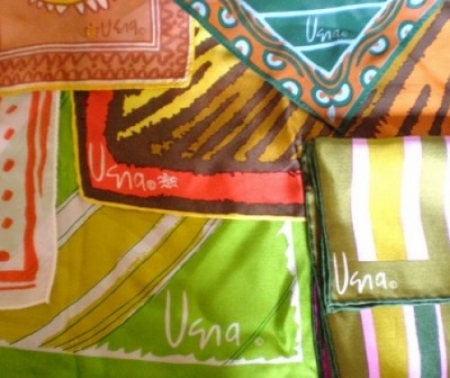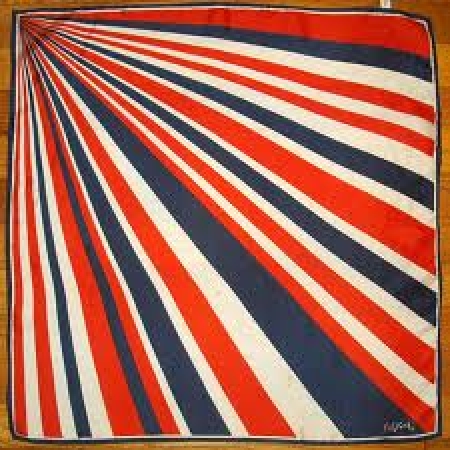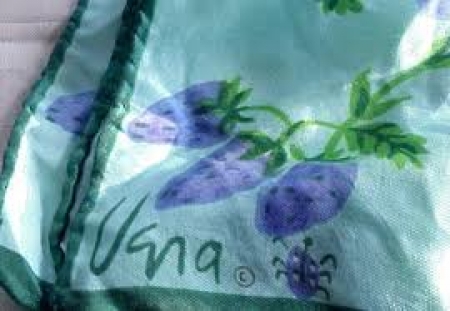Kiffa Beads-Design for the Ages
Guest User
I have been fascinated with these colorful beads from Kiffa, Mauritania since I set eyes on them at a bead show years ago. I bought a whole strand simply because I loved the story of how they are made using the most rudimentary techniques and yet look incredibly complex and modern. They are valued as representing the highest level of artistic skill and ingenuity among bead makers anywhere. "Kiffa" beads (a name only attributed to these beads in the second half of the 20th century by bead dealers) are made by women using a wet inlay technique, in which monochrome, imported glass beads are crushed to powder, creating a palette of powdered colored glass. This powder is then transformed into a moist paste by mixing in a binder. This binder can be made of sugar, gum arabic or, most elementally, the women's own saliva. The colored powder is then spread with a needle over a core bead made from plain glass. This process, kind-of like needle felting, allows the designs to be carefully controlled, resulting in beautiful, intricate striped or dot patterns. Each bead is heated in a simple charcoal oven and sometimes polished after firing.
The result is a bead with a depth and personality as unique as it's maker. These beads have been collected and traded for centuries. Each bead is described by a vocabulary that includes descriptions of color, material, shape, decoration and size. Many of the Kiffa beads have a polychromatic color scheme of blue, red and white and are decorated with triangles and chevron stripes. Eye-like circles are a common design feature. The diamond-shaped beads are often made into bracelets or sewn onto strips of leather in a specific ratio of blue to red to polychrome. Some of the patterns are believed to increase the fertility of their wearers. Bead collectors are in love with Kiffa beads, because they represent what is special about old beads: they are/were made using simple techniques to achieve stunning and timeless designs. Click here to eavesdrop on bead collectors geeking out in an online discussion about Kiffa beads.







